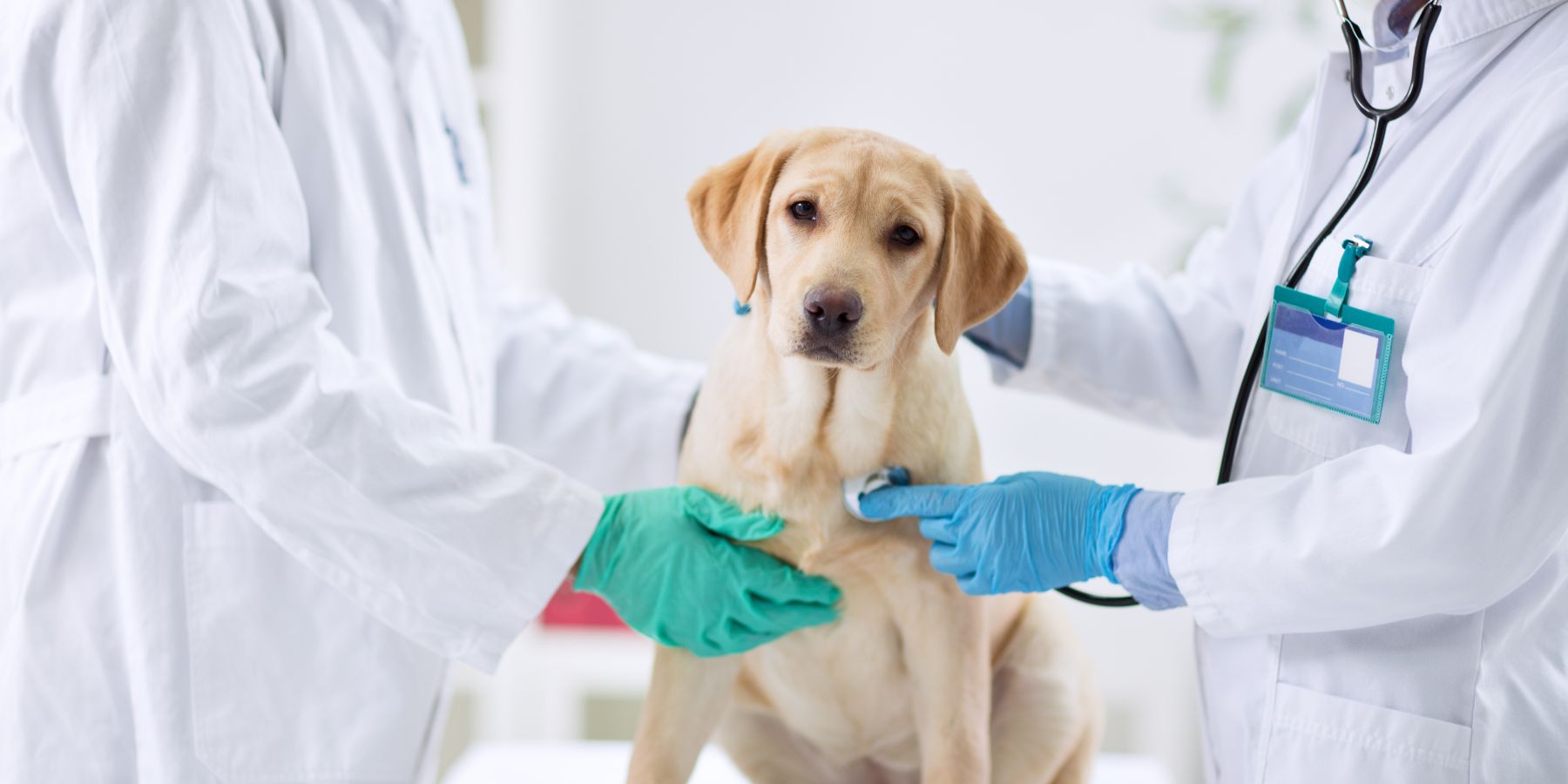Hey there, fellow pet parents! I’m Jake, and I’ve been around the block a few times when it comes to handling unexpected pet health crises. Today, I’m here to share some practical tips to help you stay cool under pressure and take swift action when your furball needs it most. Let’s dive into the world of emergency pet care!
Recognizing Signs of Trouble
Picture this: your pet suddenly starts acting weird. Maybe they’re choking, having seizures, or showing signs of poisoning. First things first—stay calm. Check for obvious issues like foreign objects or unusual substances nearby. Understanding the signs is the key to acting fast.
Quick First Aid Basics
Ever heard of a pet first aid kit? It’s a game-changer. Stock up on essentials like bandages, antiseptic wipes, and your pet’s medical records. Now, if your pet gets a minor cut or experiences a small injury, you can provide immediate care while on your way to the vet.
Emergency Veterinary Services: Know Your Options
When things get hairy, it’s crucial to know where your nearest pet vet is. Keep a list of emergency veterinary clinics and contacts handy. Whether it’s a late-night tummy ache or a weekend mishap, having this info could be a lifesaver.
Safe Transportation Tips
Imagine your pet gets injured, and you need to rush them to the vet. Safe transportation is key. Use a secure carrier or muzzle, especially if they’re in pain. Support injured limbs, keep things calm, and drive safely. Stress can make things worse, so aim for a smooth ride.
Aftercare at Home
Once the emergency is over, and you’re back home, your pet may need a little extra TLC. Follow any aftercare tips your vet provides, and keep a close eye on them. If anything seems off or if they’re not bouncing back as expected, don’t hesitate to reach out to your pet vet.
The Importance of Follow-up Check-ups
Even after the storm has passed, regular check-ups are crucial. Your pet vet can spot lingering issues or catch potential problems early. It’s like preventative medicine for your fur buddy.
Recap: Your Pet Vet, Your Lifesaver
In a nutshell, being prepared for pet emergencies is like having a superhero on speed dial. Recognize the signs, equip yourself with basic first aid knowledge, know where your emergency vet is, transport your pet safely, provide aftercare at home, and schedule those follow-up check-ups. Your pet vet isn’t just a doctor; they’re your partner in keeping your furry friend happy and healthy.
FAQs: Because We All Have Questions
Q: What should I include in my pet’s first aid kit?
A: Bandages, antiseptic wipes, gauze, and your pet’s medical records are must-haves.
Q: How can I tell if my pet is experiencing a medical emergency?
A: Look for signs like difficulty breathing, seizures, sudden collapse, or unusual behavior. Trust your instincts—if something feels off, seek help.
Q: Are there specific signs of poisoning I should be aware of?
A: Vomiting, diarrhea, lethargy, or difficulty breathing could indicate poisoning. Call your vet or a poison control hotline immediately.
Q: How should I restrain my injured pet during transportation?
A: Use a secure carrier or muzzle for safety. Support injured limbs and keep your pet calm during the ride.
Q: When is it safe to provide first aid at home, and when should I head to the emergency vet?
A: Administer first aid for minor issues, but if it’s severe or life-threatening, head to the emergency vet ASAP. Trust your gut—it’s better to be safe than sorry.

